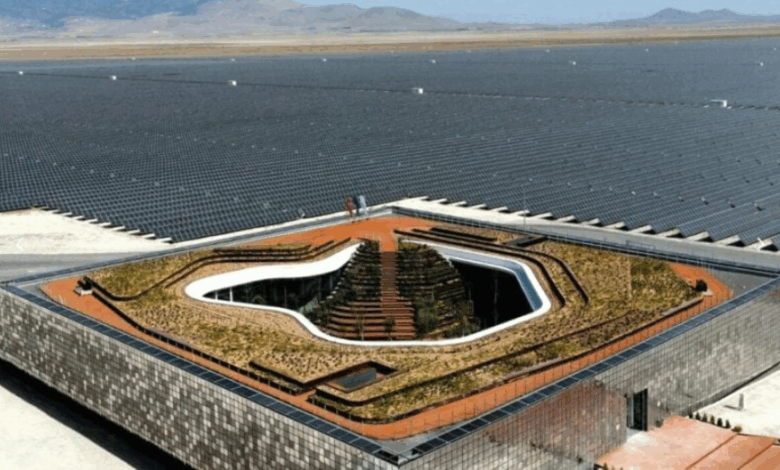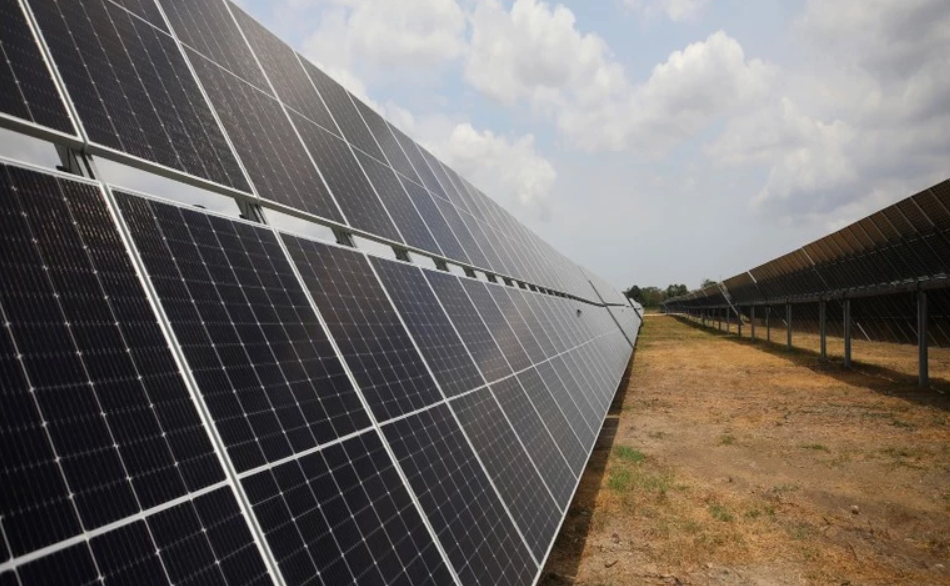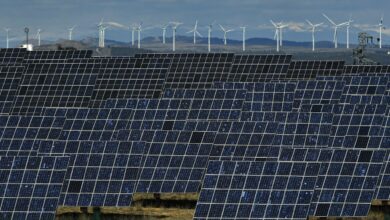Turkey: A Green Bridge Between Asia and Europe in Clean Energy

With the inauguration of the Karapınar solar power plant in central Anatolia — the largest in Europe — Turkey has secured a new position in the global renewable energy landscape.
The Karapınar plant, covering nearly 20 million square meters and equipped with over 3.5 million solar panels, generates about 3 billion kilowatt-hours of electricity annually — enough to meet the needs of two million people. Construction began in 2020 and the facility reached full operation in just three years.
According to Turkish media, the plant not only provides sustainable electricity but also cuts 1.7 million tons of greenhouse gas emissions annually, while boosting Turkey’s solar energy capacity by 15 percent. This makes it a key milestone in the country’s international commitments to reduce carbon emissions.

Architecturally, Karapınar showcases innovative design. Its central building, with a reflective façade, blends seamlessly with the natural environment while avoiding shadows on the panels. Surrounding facilities — including a multi-purpose conference hall, restaurant, and gardens with drought-resistant native plants — further highlight the project’s environmentally sustainable approach.
Long seen as a geographical bridge between Asia and Europe, Turkey is now positioning itself as a clean energy connector as well. Because of its impact on electricity supply to Turkey’s European regions, the Karapınar plant has already earned the nickname “the heart of Europe’s energy.”
Experts argue that this project serves as a model of how technology, sustainable design, and environmental responsibility can come together. It also demonstrates that the global shift to renewable energy is not limited to Europe — Asian countries can lead the transition too.






